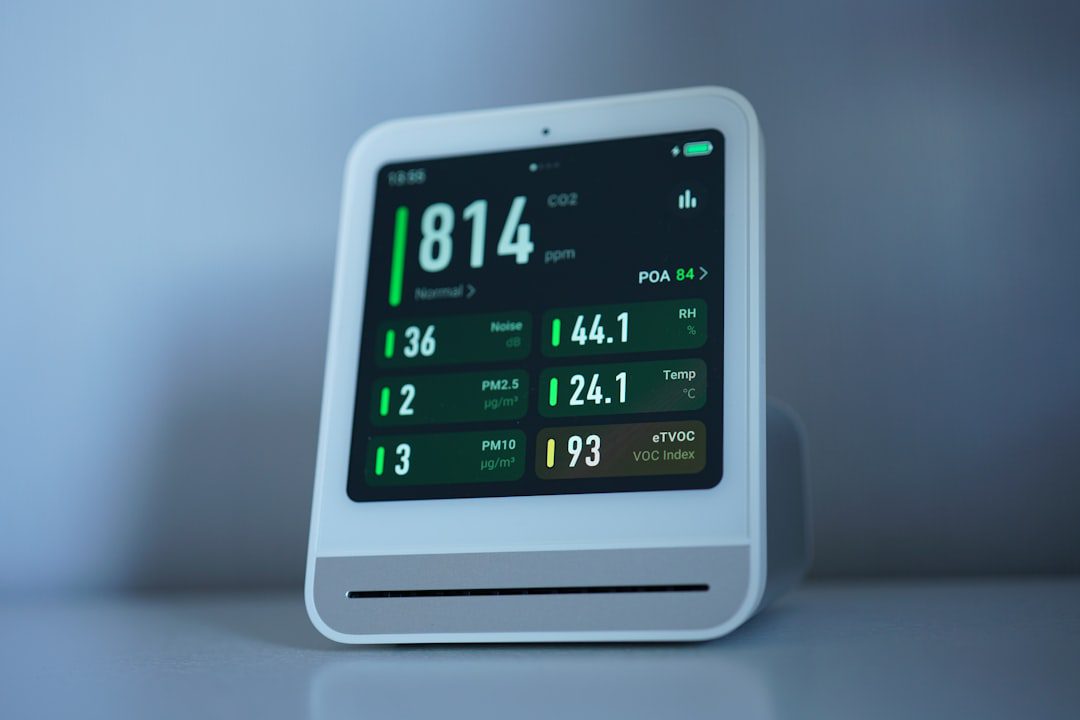
Understanding the FDA’s Early Alert System
The FDA has issued an early alert regarding safety concerns with Medtronic’s esophageal pH monitoring capsule system, marking another significant development in the agency’s enhanced recall communication program. This alert represents part of the FDA’s Communications Pilot to Enhance the Medical Device Recall Program, designed to provide faster, more transparent communication about emerging device safety issues.
What Happened with the Medtronic Device
While specific technical details of the capsule issue are still emerging, this early alert signals that the FDA has identified potential safety concerns requiring immediate manufacturer and healthcare provider attention. Esophageal pH monitoring capsules are sophisticated diagnostic devices used to measure acid levels in the esophagus over extended periods, typically 48-96 hours, to diagnose gastroesophageal reflux disease (GERD) and related conditions.
The early alert mechanism allows the FDA to rapidly communicate safety information before completing formal recall classifications, ensuring that critical safety information reaches stakeholders without the typical delays associated with traditional recall processes.
Why This Matters for Medical Device Manufacturers
This development carries significant implications for the broader medical device industry:
- Enhanced Surveillance Expectations: The FDA’s pilot program demonstrates increased regulatory scrutiny and faster response times to safety signals
- Post-Market Vigilance Requirements: Manufacturers must maintain robust post-market surveillance systems capable of detecting and responding to safety issues rapidly
- Communication Preparedness: Companies need established protocols for immediate response to FDA safety communications
- Risk Management Implications: This case highlights the importance of comprehensive risk assessment for implantable and diagnostic devices
Regulatory Context and Compliance Framework
Under 21 CFR Part 806, medical device manufacturers have specific obligations when safety issues arise. The FDA’s early alert system operates within existing regulatory frameworks while accelerating communication timelines. Key regulatory considerations include:
Mandatory Reporting Requirements: Manufacturers must report adverse events and safety issues through MDR (Medical Device Reporting) systems within specified timeframes—typically 24 hours for serious injuries or deaths, and 30 days for malfunctions.
Corrective Action Protocols: When safety issues emerge, manufacturers must implement appropriate corrective and preventive actions (CAPA) as outlined in 21 CFR Part 820.100.
Essential Action Steps for Manufacturers
Medical device manufacturers should take immediate steps to strengthen their compliance posture:
- Review Post-Market Surveillance Systems: Evaluate current adverse event monitoring and trending analysis capabilities to ensure early detection of safety signals
- Update Risk Management Files: Review ISO 14971 risk management documentation for similar devices, particularly focusing on patient retention and retrieval scenarios for implantable diagnostics
- Strengthen Communication Protocols: Establish clear escalation procedures for responding to FDA safety communications and customer inquiries
- Conduct Internal Assessments: For manufacturers of similar diagnostic devices, perform immediate internal reviews of comparable products and safety data
- Enhance Supplier Oversight: Review supply chain quality agreements and component specifications for critical device components
Long-Term Strategic Implications
This early alert system represents a significant shift toward proactive regulatory communication. Manufacturers should expect:
- More frequent and rapid FDA safety communications
- Increased emphasis on real-world evidence and post-market studies
- Greater scrutiny of diagnostic and monitoring devices
- Enhanced expectations for manufacturer responsiveness to safety signals
The FDA’s enhanced communication approach requires manufacturers to maintain heightened readiness for rapid response to safety issues. Companies that proactively strengthen their post-market surveillance and communication capabilities will be better positioned to navigate this evolving regulatory landscape while maintaining patient safety and business continuity.


No comments yet. Be the first to comment!